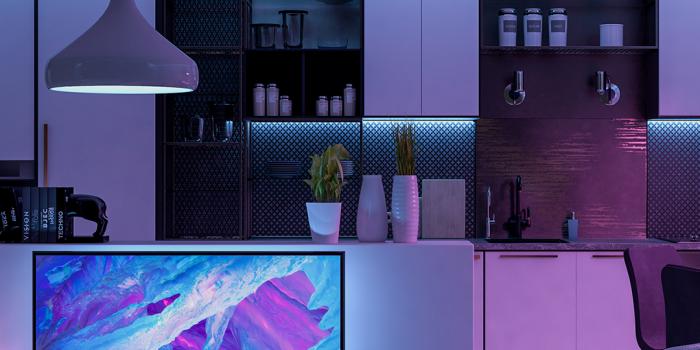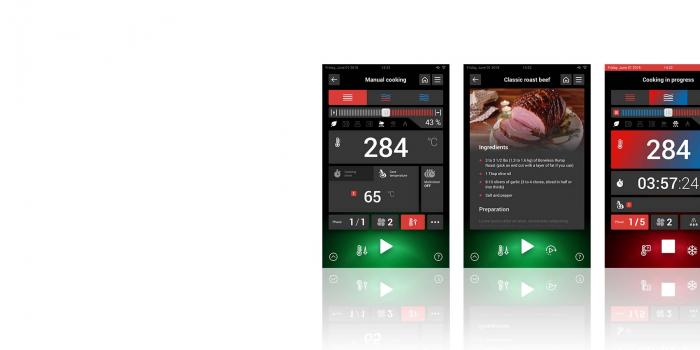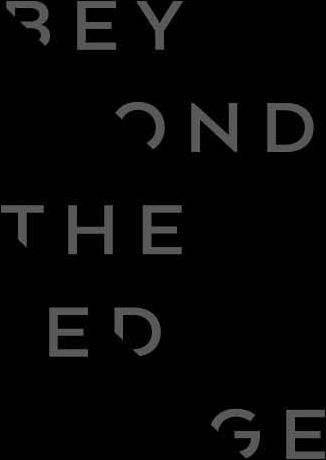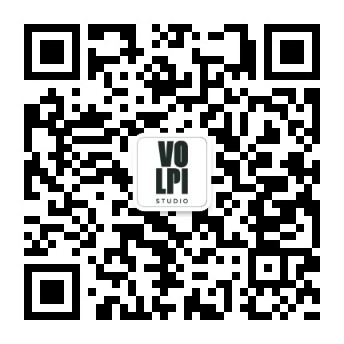What is the value of having a single standpoint on users’ experience and visual perception for Marketing & Usability research?
We asked Raffaella Calligher, manager of Sr Labs, a well-equipped and flexible research lab that analyses eye movements, one of the few in Italy and one of the first in Europe, and which partnered up with Studio Volpi for a variety of projects.
“Thanks to Eye Tracking technology we can record the users’ visual and explorational behaviors to obtain highly detailed information about their enjoyment experience – for example, when placed in front of an interface or a website – and behaviors which the user himself is not fully aware of”.
How Eye Tracking technology works
Eye Tracking tools are based on the physiologic principle of corneal reflex in response to infrared light. Every eye tracker – integrated into a screen or eyeglasses – features emitters, that is sources emitting infrared radiations, invisible to the human eye as they are below the perception threshold.
Every part of our face absorbs radiations but the cornea, which instead reflects them. When this reflex is picked up by the cameras integrated in the eye tracker, it enables to reproduce the pupil position, differentiating the left and right eye movement.
Eye trackers may feature various frequencies, from 30 to 2k hertz, and this means that the camera picks up the eye movement from 30 to 2k times a second, with an extremely accurate reading. A complex algorithm then analyses the acquired data, providing results that track and explain the exact position of the user’s eye.
Eye Tracking for healthcare
Eye Tracking technology – by now extensively used in the research sector, but a novelty for the consumer segment – can be active or passive. Active Eye Tracking is very useful for individuals with chronic or temporary disabilities and affected by SLA. Graphic interfaces responding to eye movement enable users to explore a webpage, interact on social networks, carry out a call, perform eye writing.
This type of technology has a wide range of healthcare applications and implicitly provides the essential benefit of communication to those who would otherwise be excluded from the world of arts.
Marketing: Eye Tracking as the new boundary
Passive Eye Tracking is instead explorational: it enables to accurately track a user’s experience, recording areas, times and course of eye movements while interacting with a webpage, in front of a product in a point of sale or looking at an advertisement. Passive Eye Tracking thus becomes a very powerful marketing tool for market surveys.
The identification of the touchpoints that attract the surveyed subjects in every situation and in every context, together with involuntary eye behaviors, can improve what has been realized so far and positively influence a user’s experience.
Accurate information beyond the limit of explicit
“Thanks to this technology – says Raffaella Calligher – we can overcome the limits of explicit and the cognitive buyer’s perplexities, that is the impossibility to actually know if the answers verbally produced by tested subjects were objective and transparent. Eye Tracking is an implicit technology as no one can force ocular movement, a ballistic movement that responds to what attracts it.
This provides more detailed and accurate answers, enabling us to know exactly if a user goes straight to the task goal, if the instructions provided are sufficient or need an integration, if a specific chromatic contrast is correct. We can improve any product if we obtain this type of information”.
Evolution: the technologic integration of Eye Tracking
Eye Tracking is a smart technology. It is more simplified, sophisticated and miniaturized compared to the past. It shows a growing number of applications to multiple compartments and tools. “Today we can integrate Eye Tracking within other systems and enhance their functionality”, continues Raffaella Calligher. “For the museum segment, we created an interactive information stand with ocular control. The installation interacts with the user to provide targeted contents. In this sector, Eye Tracking has an educational function, but the same principle is applicable to digital promoters for installation in airports, train stations and malls.
In the last few years we experienced a relevant increase of requests for Eye Tracking-based services and products, integrable also with augmented reality visors or inside cars to monitor drivers’ attention. I believe that in the future – she concludes – this type of technology will be widely and increasingly used”.
-

-

-

Perspectives Mar 30, 2020
KITCHEN 4.0: HOW DIGITALIZATION IS CHANGING THE RULES
Technological updating and the integration of an interconnected soul are turning modern professional kitchens into a perfect example of the 4.0 industry, where the product and its super digital powers become a tool to improve working conditions, enhance productivity, monitor the processes to achieve better results and create new business models





